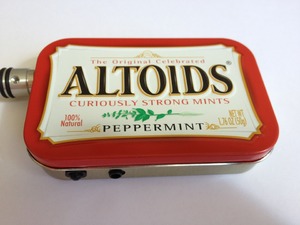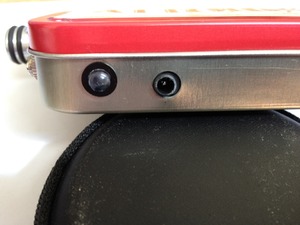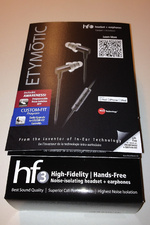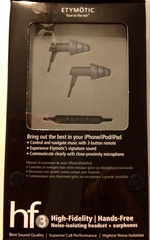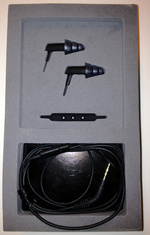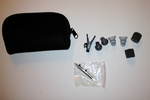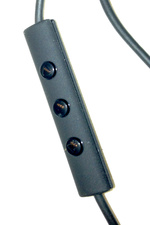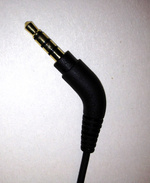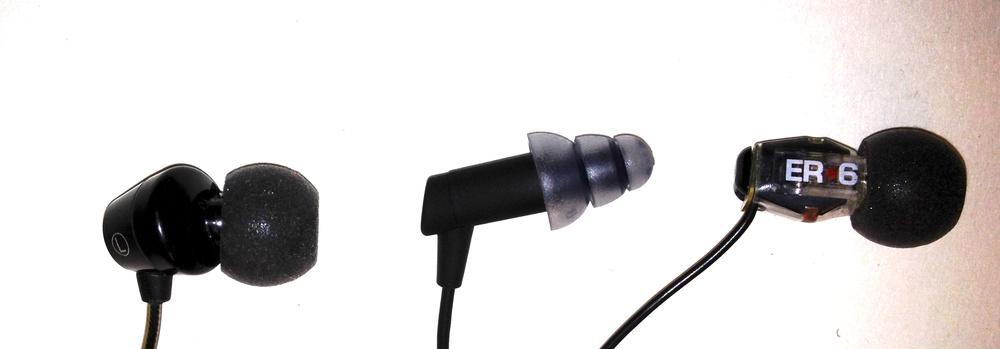TL;DR: I have tested dozens of headphones over the last 12 months and the QuietComfort (QC-25) 25 is still the most comfortable headphone with excellent noise cancellation and good sound reproduction.
Comparing the QC-25 to the QC-35
The QuietComfort 35 (QC-35) is the wireless bluetooth version of the QC-25. The QuietComfort 35 (QC-35) offers slightly better noise cancellation and a slightly different noise profile. If you need bluetooth (iphone 7 or iphone 7 Plus) then get the QC-35 otherwise I would recommend getting the cheaper QC-25.
Not for everyone
Noise cancellation headphones are not ideal for people that need noise-cancellation sometimes. Noise cancellation headphones are not a replacement for regular headphones. If you need good all around headphones then don't get this (or any other noise cancelling headphone) or you will be disappointed.
The golden rule is that noise cancellation headphones add about $100-150 to the cost of headphones and typically deliver worse overall sound quality when compared to non noise-cancellation models. I can't stress that enough.
Noise cancellation works extremely well for low frequency (machine style) sounds like train on a track or airplane engine noise. They don't work as well for higher frequency sounds like voices or crying babies on a plane.
If you only need noise reduction occasionally, then you may be better served by a good pair of sealed headphones. You would get better sound quality and would probably pay a lot less.
Who should buy the QC-25
I just wrote 4 paragraphs of who shouldn't buy the QuietComfort 25 (Qc-25). It is important to note that anyone who is a frequent traveler (plane or train) will definitely benefit from these headphones. By making your travel a little bit quieter, you will arrive less stressed and more refreshed.
Quietcomfort 25 (QC-25) versus in-ear headphones
The best question I need to address is the eternal debate between these types of on-ear headphones and in-ear headphones. The truth is that there is no golden rule that is right for everyone.
Some people opt for in-ear headphones because they are smaller and lighter. Many people who wear glasses also prefer in-ear headphones because their frames may prevent the headphones from sealing properly this allowing the dreaded noise in.
Bose, likely due to owning several important noise-cancellation patents, currently makes our picks for the best over-ear and best in-ear noise-cancelling headphones. Which one should you choose? There’s no simple answer, as it depends on what you’re looking for.
The third reason I have found some travelers prefer in-ear headphones is that they find them better to sleep with on flights.
The fourth reason is that some people find that on-ear headphones make their ear hot after extended use.
The fifth and final point is on noise cancellation for low frequency sound. From a sound quality, the Bose noise cancelling headphones (QC-30) tend to reduce low frequency noises a little more and offer some noise-isolation which makes things just a little bit quieter. Mid and high sound reproduction is always better with bigger headphones for the QC-25/QC-35 takes the crown here.
Additionally some people just can't stand having anything inserted into their ears. They find it annoying and bothersome. Obviously if you fall into this category, go with the QC-25/QC-35.
Conclusion
If you are looking for amazing sounding, super comfortable wired on-ear noise cancelling headphones then get this. The sound is good enough, it is comfortable (even on a long haul Toronto to Hong Kong flight) and it fits in a relatively smallish case for easy carry.
It offers good low frequency sound reproduction (40Hz or below) and the rest is a little muddied (which is normal for noise cancelling headphones). You can use the QuietComfort 25 even when the batteries die (which is a nice upgrade from previous models) but the sound is pretty bad but at least you aren't stranded witout entertainment.
If you need bluetooth because you can't live with wires or your smartphone got rid of the headphone port (looking at you Apple), then go with the QuietComfort 35 (QC-35).




